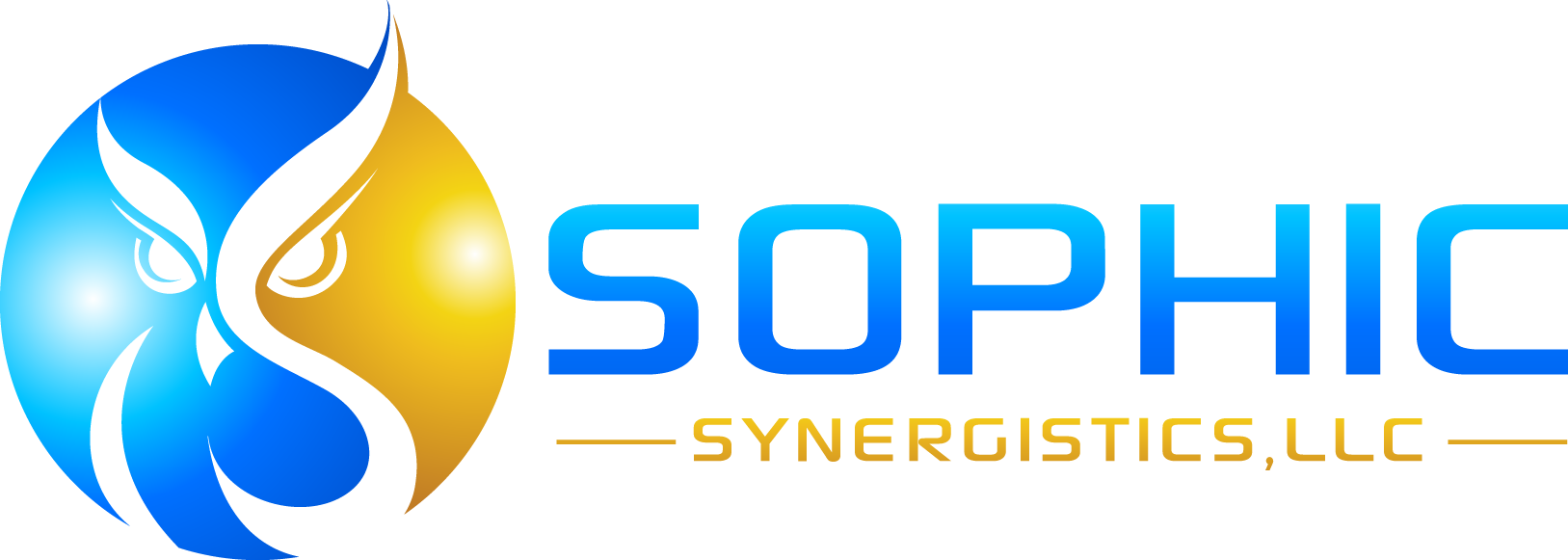I have spent a considerable amount of time working with startup companies. These companies all seek to provide one thing: a successful market innovation. Considering the statistics, most entrepreneurs will not succeed or it will take them several attempts before they achieve that level of success. Game-changing market disruptions are generally the exception and not the rule.
There are many reasons why products fail. These include lack of funding or investor support, no distinct value proposition, timing issues with the market, lack of project planning, no understanding of what it requires to bring a product to market, and no true target market for their innovation. However, most entrepreneurs fail due to a more basic and human reason. Specifically, they have not successfully developed a solution that solves a true problem or need in the world. In many cases, entrepreneurs fall victim to developing technology to build a better mousetrap or are lured into thinking that simply the act of advancing technology will drive business success and user acceptance automatically.
The reality check:
Business and product or service innovation is contingent on those we develop the solutions for and the real problems we solve.
As an entrepreneur, you must always ask yourself:
How will this technology improve the current situation for my target user?
Is it enough of an improvement that it outweighs the cost of implementation or the impact to the users regarding change and understanding?
That’s right… Although you may have developed a solution, this is not a guarantee that it will be a success. Your solution may not have a problem it is solving! You must also consider the existing environment that your product or service will be used within and what the downstream impacts will be to your end-user, including those who are part of the extended ecosystem. Ultimately, you must be able to make the business case to your market that the innovation is indisputably worth the cost. Keeping in mind that the decision-makers are frequently not the users whose problems you are solving and may not actually base their decisions solely on that metric alone. This is where usability testing data can make the case for you! Here are some tips for success:
Benchmark
To combat all of the forces working against you as an entrepreneur, it is essential to benchmark existing methods that are similar to or related to the solution you are providing. Benchmarking will help you gain insight into what the current methods address well and where the pain points are with the existing technology or solution. The benchmark comparison will help give you a reference point for communicating the cost and benefit analysis for potential stakeholders. It will also ensure that you have a basic understanding of the users, the environment, and the tasks involved with your innovation.
User Research
There is much more to defining a market than simply conducting market research. You must also conduct user research to ensure that there is a distinct need in the marketplace or a problem in need of solving. To be clear, market and user research are not the same type of analyses. Market research will only tell you that there is a potential market and a possibility that a need exists within this potential market space. The user research will tell you what the specific market demographic is and what need actually exists. The information you gather from user research will often lead you to a drastically different solution than if you had stopped your analysis at the market level and proceeded to product design and development. Specifically, leading you to develop a solution that has much greater odds of success compared to one derived from market research alone.
User Testing
Once you have identified your users from benchmarking and user research analysis, include representatives from this population as part of your testing plan. The representative user should be considered throughout the life cycle of design and implementation (product to market). Testing multiple times at low, mid and high fidelity is strongly recommended and prototypes should be tested in the environments of use or as close as reasonably possible. The user testing results are then integrated back into the design life cycle in the form of design requirements. Most first time entrepreneurs undervalue this step, specifically the criticality associated with translating user behaviors into design requirements to increase usability and reduce the potential for error or injury. The data obtained during these tests will also help you build your value proposition for key decision makers, increasing your odds of user adoption and market success.


